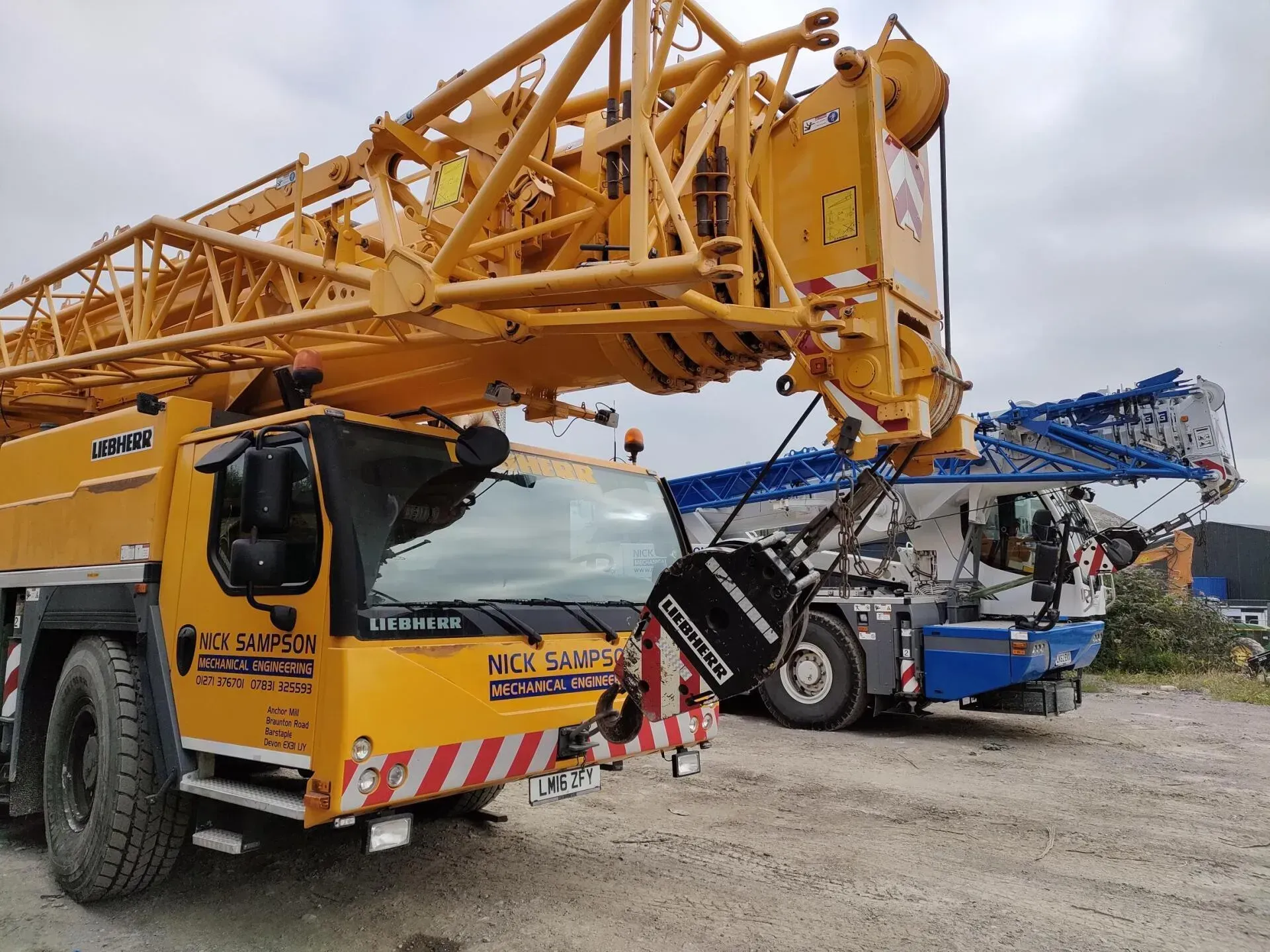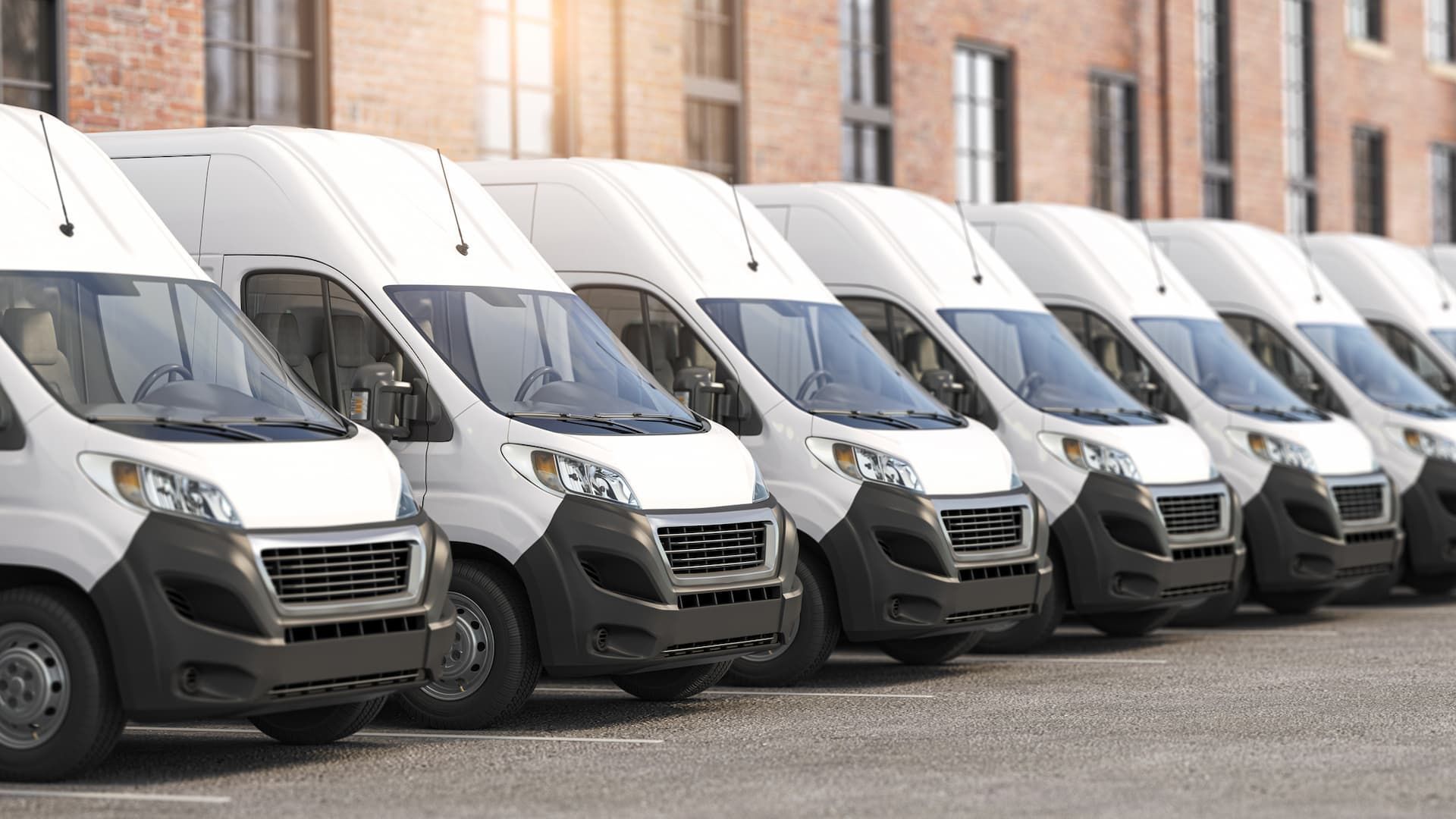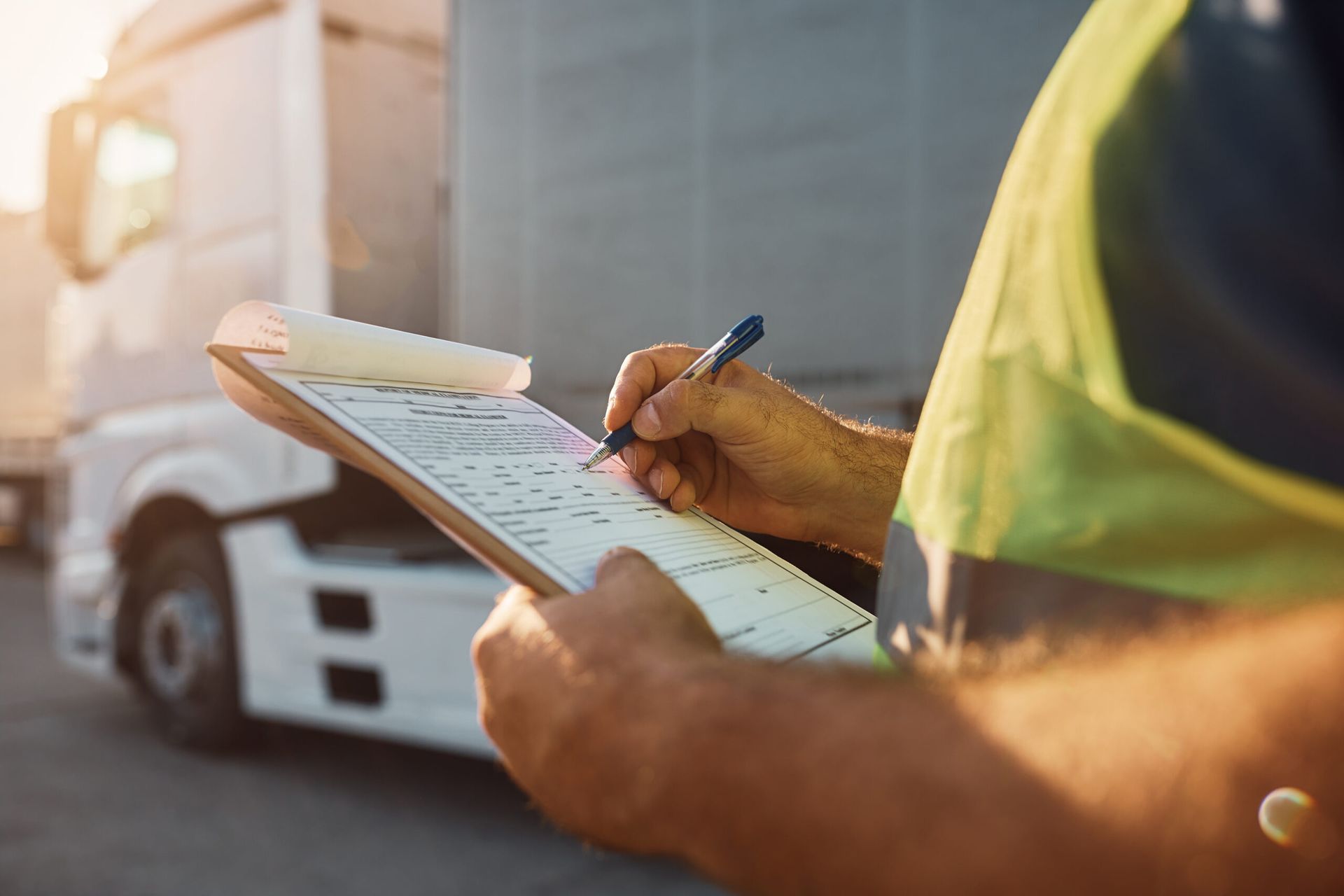How To Know When Haulage Is Legally Considered “Heavy”
The idea that all haulage is “heavy” seems obvious: if your job even requires a crane or lorry then, naturally, it’s going to be heavy. But for seasoned transporters, the word contains certain technical guidelines that define whether a piece of haulage is considered officially “heavy” in the legal sense or whether it exceeds these values and needs special treatment.
In any case, it’s not recommended you try and lift one yourself to show off your strength.
Certain container haulage companies will complicate what it is that makes haulage heavy with confusing jargon. Nick Sampson is here to provide a service that prioritises transparency in its conduct by taking you along during the arrangement of your container haulage, rather than bombarding you with complex terminology. Read on to discover just how your haulage will be carefully prepared and classified before it’s taken care of on the road.
Standard Heavy Haulage Limits
The Department for Transport has maintained since 2010 that a vehicle’s load is considered “heavy” when it exceeds the weight and size limits which can be viewed on their website. For a standard Heavy Goods Vehicle (HGV) like a normal-sized truck or lorry, the maximum gross vehicle weight for container haulage is 44 tonnes, and it can’t be larger than 5 by 2.9 by 18.65 metres in dimensions.
The legality behind heavy haulage will vary based on your vehicle; certain types will be able to carry more haulage in size and weight. There are of course instances where objects that far exceed these terms can be hauled while still considered “heavy” in the everyday sense, not least to mention being handled very cautiously in these four rare cases that included a nuclear warhead.
Special Transport Requirements
Unusually heavy loads such as these unique four that exceed 44 tonnes must also be joined by police escorts with permission from a “special movement order” (SMO) that can be viewed in detail on another page of the Government’s website. In simplest terms, this is the legal requirement for a type of load that exceeds “heavy” haulage criteria and therefore warrants extra attention.
It’s often at this point that transporters will reevaluate whether their haulage would be best suited to be transported via a standard HGV, or if they’re better off using a different vehicle like a crane or larger lorry. Many container haulage companies will therefore offer various transport methods and trailer attachments, with Nick Sampson providing mobile cranes and trucks that vary from 26 to 44 tonnes in size.
Nick Sampson: Heavy Haulage With A Light Touch
If you’re unsure whether your haulage is safely within the “heavy” criteria or not, then you can speak to the team at Nick Sampson who will be able to guide you through the intricacies of haulage criteria in a more simple and direct way. Let us make sense of a particularly dense subject with a lightness that will make your haulage feel that bit less weighty to think about.
Contact us today to discover how Nick Sampson can take on your heavy haulage needs.
All goods carried subject to the following conditions.
1. The companies General Conditions.
2. The Road Haulage Association Limited Conditions of Carriage.
3. The Road Haulage Association Limited Special Conditions of Carriage of Abnormal Indivisible Loads.
Full details available on our website.
All Cranes are hired out under the appropriate CPA Terms & Conditions. Acceptance of our crane onto site will be deemed to be acceptance of C.P.A conditions which shall take precedence over any other conditions applicable.










